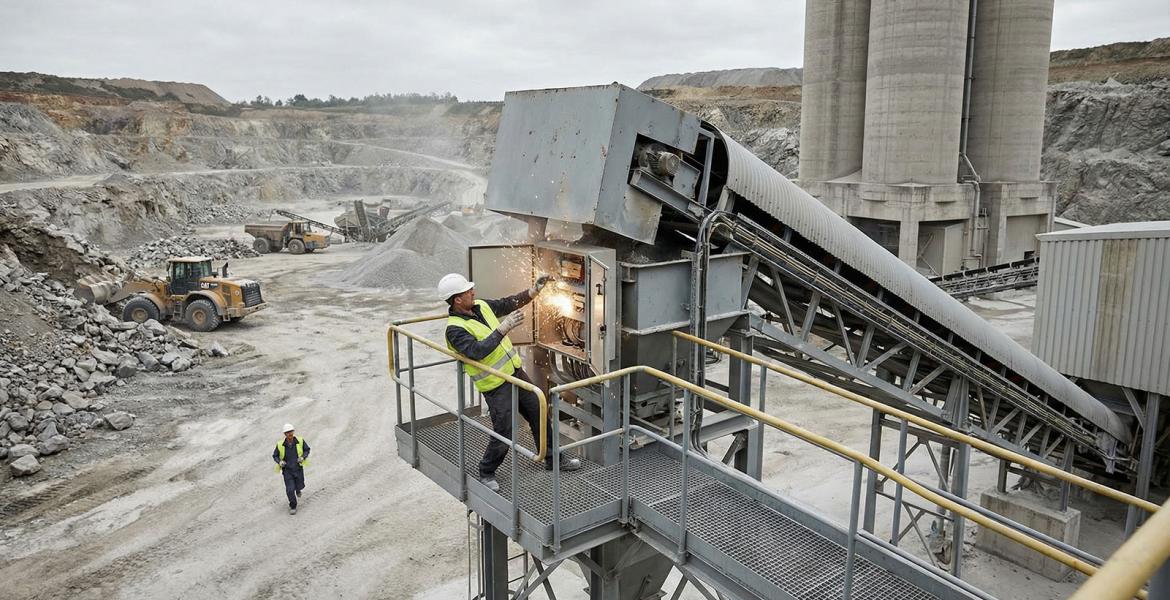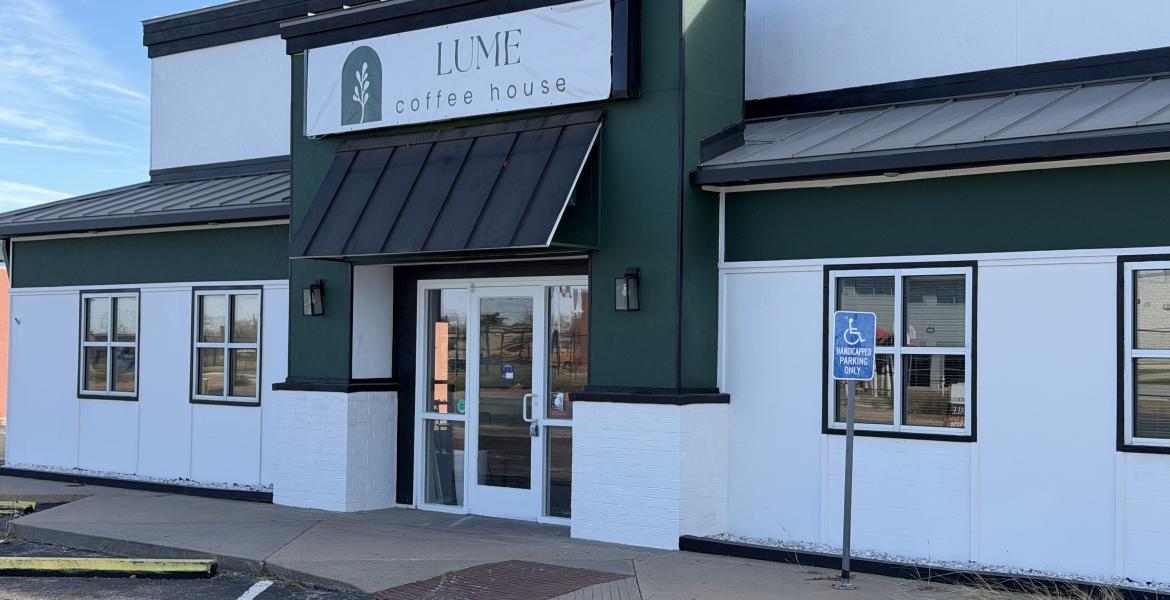AUSTIN, TX -- Texas Governor Greg Abbott signed a bill into law allowing Texans to kill feral hogs without a hunting license beginning September 1.
Gov. Abbott signed HB 317 into law after it was passed in the Texas House and Senate unanimously.
According to Texas A&M AgriLife Extension, feral hogs do about $52 million in damage to crops and property annually.
According to the Texas Parks and Wildlife Department, feral hogs are unprotected, exotic, non-game animals. Therefore, they may be taken by any means or methods at any time of year. There are no seasons or bag limits, and until Sept. 1, a hunting license and landowner permission is required to hunt them.
Feral hogs are distributed throughout much of Texas, generally inhabiting the white-tailed deer range, with the highest population densities occurring in East, South and Central Texas. North and West Texas have very low or no populations. However, reports indicate that populations are beginning to expand and increase in these areas. There is currently an estimated population in excess of 1.5 million feral hogs in Texas.
The increase in population and distribution is due in part to intentional releases, improved habitat, increased wildlife management, and improved animal husbandry such as disease eradication, limited natural predators, and high reproductive potential. There seem to be very few inhibiting factors to curtail this population growth and distribution although extreme arid conditions may impede it.
Feral hogs may appear basically the same as domestic hogs and will vary in color and coat pattern. A mature feral hog may reach a shoulder height of 36 inches and weigh from 100 to over 400 pounds. The extreme larger hogs are generally not far removed from domestication.
Feral hogs are omnivorous, meaning they eat both plants and animals. They are very opportunistic feeders and much of their diet is based on seasonal availability.
Feral hogs are known to feed on reptiles, amphibians, and dead animals, as well as live mammals and birds if given the opportunity. Feral hogs feed primarily at night and during twilight hours, but will also feed during daylight in cold or wet weather.
The increase in feral hog population had been documented to cause serious harm to the agriculture economy by destroying crops and causing damage to the domestic livestock and hunting industries.
Feral hogs compete directly with livestock as well as game and non-game wildlife species for food. However, the main damage caused to livestock and wildlife is indirect destruction of habitat and agriculture commodities. Rooting and trampling activity for food can damage agricultural crops, fields, and livestock feeding and watering facilities. Often wildlife feeders are damaged or destroyed. They also destabilize wetland areas, springs, creeks and tanks by excessive rooting and wallowing.
Authorities recommend hunters check with the local Texas Parks and Wildlife Department office Game Wardens and local law enforcement authorities before hunting feral hogs.
Subscribe to the LIVE! Daily
Required






Comments
Listed By: Hog Dog
eating too.
I hope hunters donate meat to people.
- Log in or register to post comments
PermalinkPost a comment to this article here: